Stolpersteine
Stumbling Stones - Die Stolpersteine
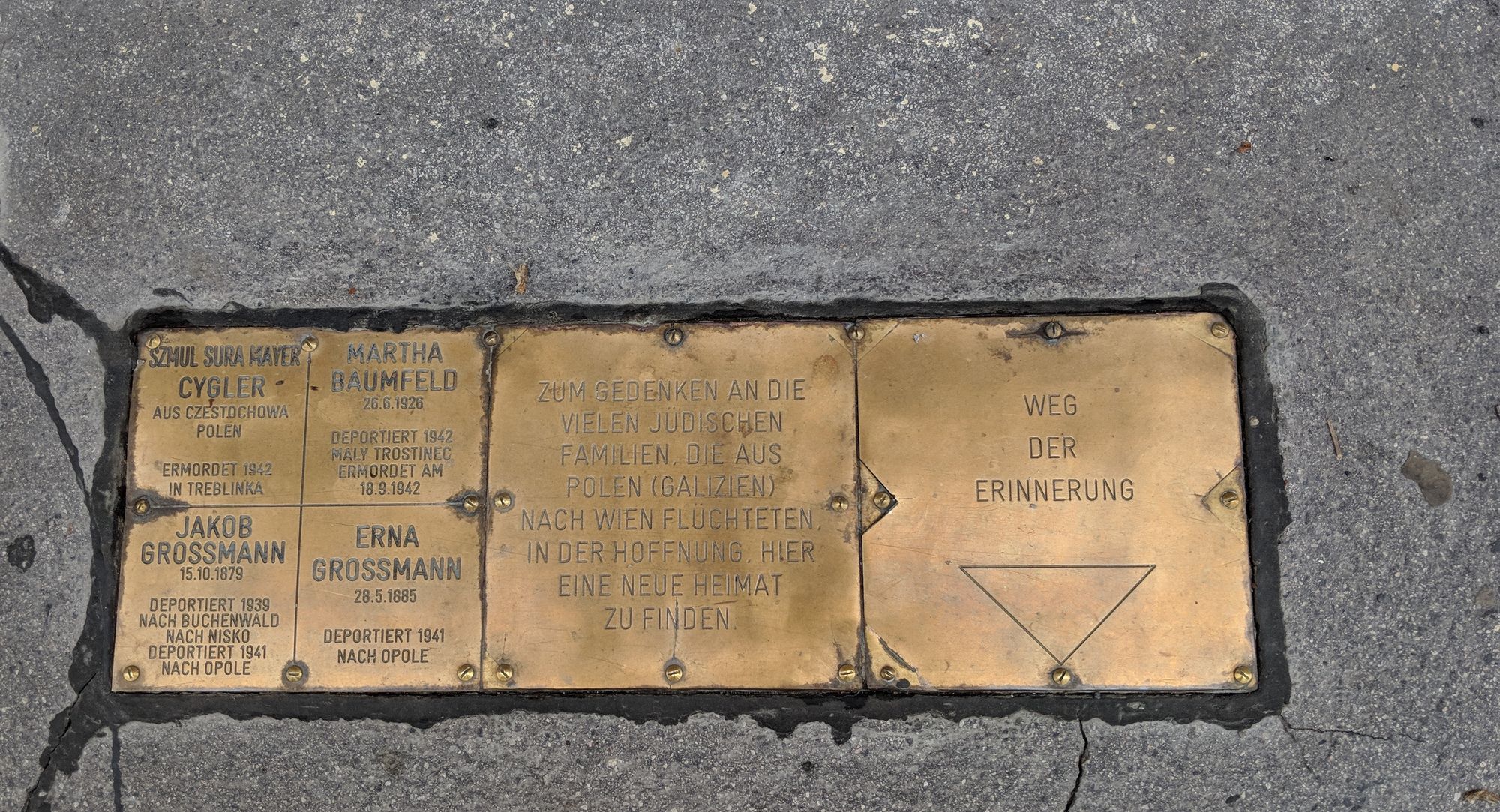
Prior to moving to Switzerland, we were aware of the Stolpersteine. Whenever we traveled to Austria to visit family, we saw the stones. When we traveled to other countries, we saw the stones. As a family, we always try to take note and recognize the people whose names are on them. We have always felt it was a time to remember those lost and read/say their names as way to never forget.
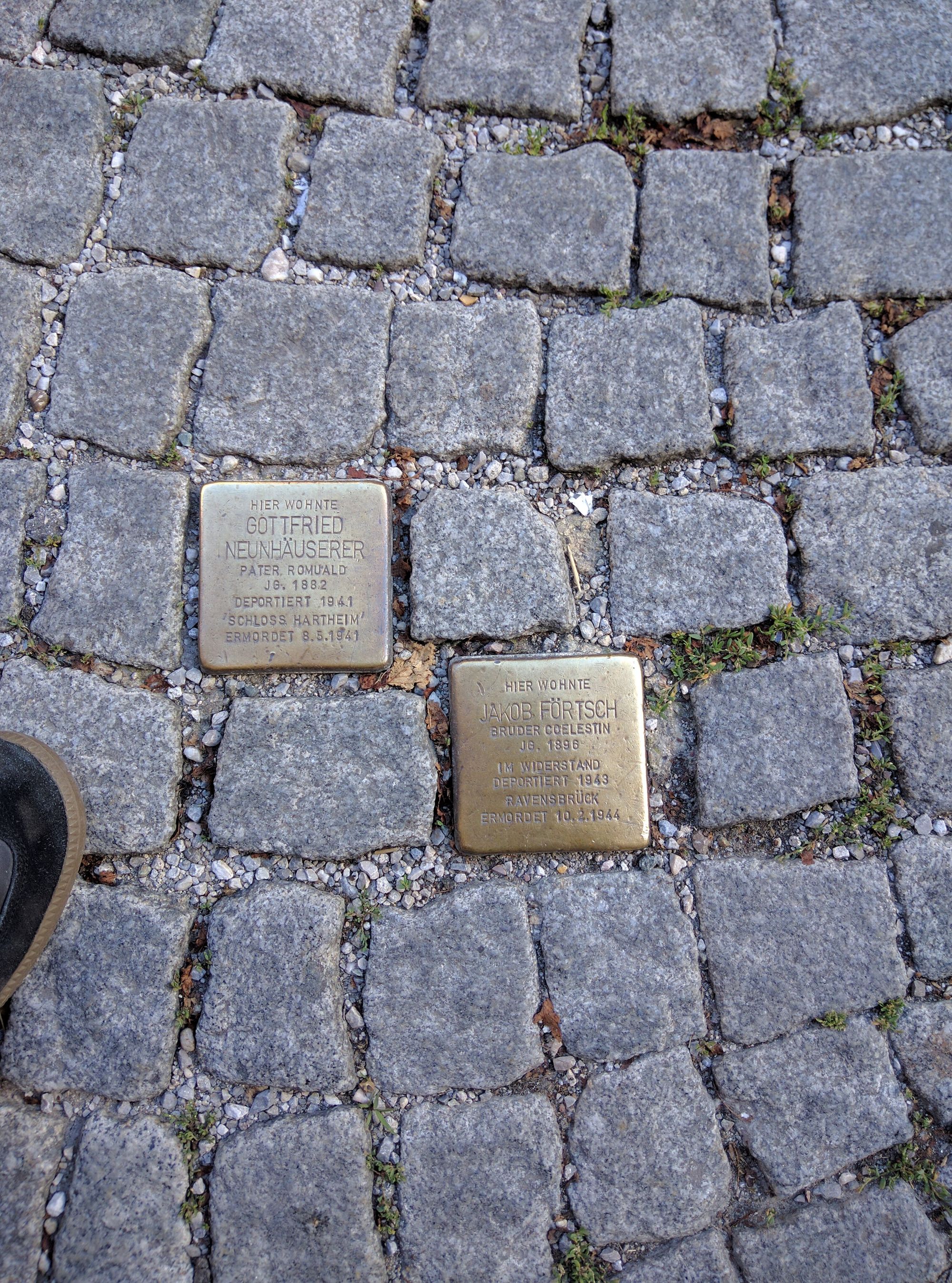
This past week, while visiting an area of Vienna I have never been to, we past one that really struck me. It was one of a woman that was part of the resistance and an antifascist. For this, she lost her life.
As I read the news of my home country, I find it hard not to compare many of the crimes happening by the government and those in power, as well as the silence and inaction of other citizens. When I posted the photo below on Facebook, I realized there was an interest in learning about these stones. I also wanted to make sure I understood the story behind the stones. So, I did a little research and decided to share it on my blog.
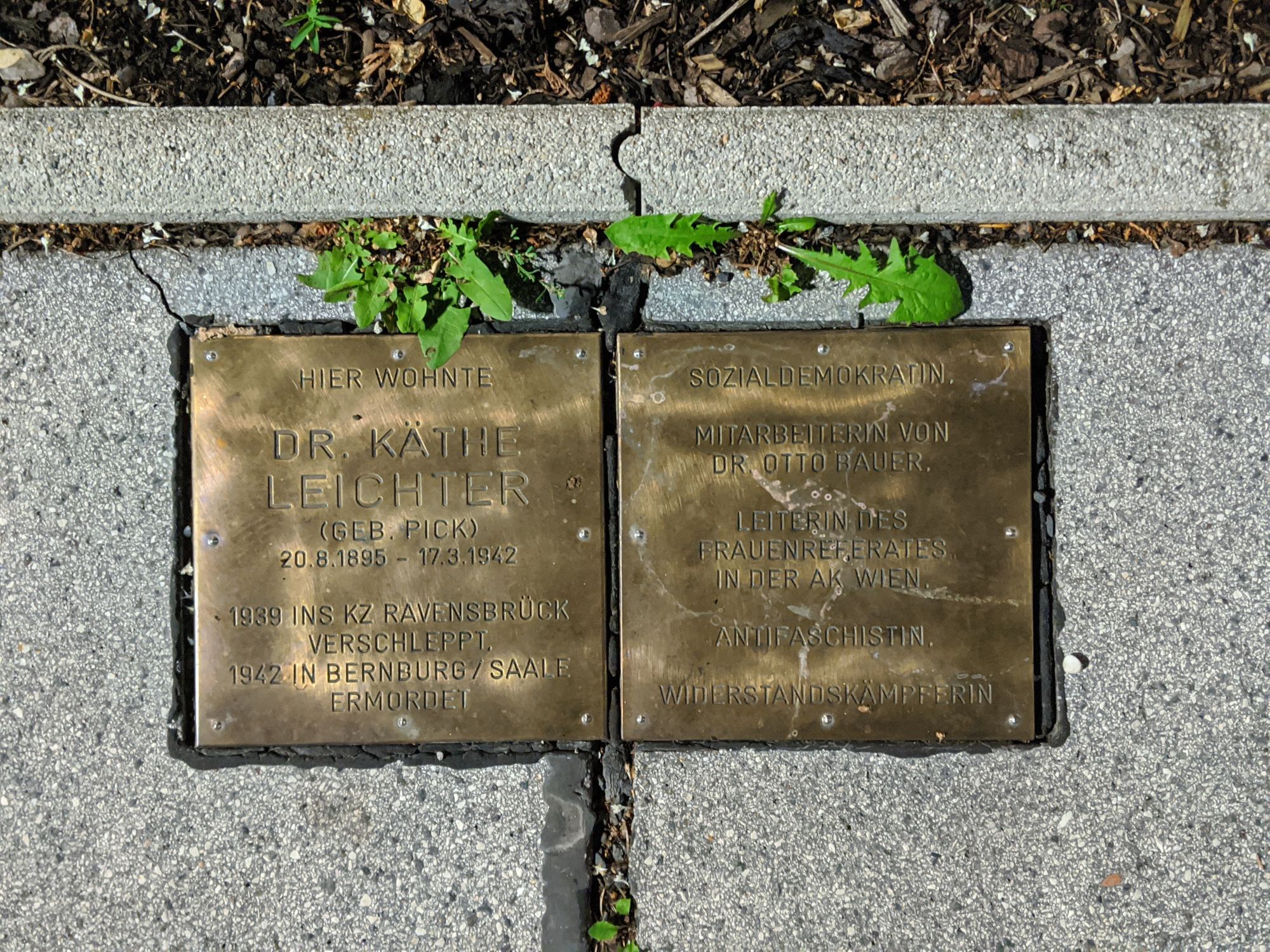
First, the initial creator is Gunter Demnig. A German born artist, he created these stones as a memorial for those victims persecuted by the Nazis.
The US Holocaust Memorial Museum estimates 17 million people perished at the hands of the Nazis. Approximately, 6 million of those lives lost were Jewish. However, there were many other groups of people murdered at the hands of Nazis, including: LGBTQ, Roma, people with disabilities, Poles, Russians, Prisoners of War, and Black People. People who held different political views, such as as Communists and Socialists, were also murdered. And those that spoke out against them and stood for justice.
This idea of a dispersed stone memorial came about in 1993 after he did an installation where he painted the path the Roma and Sinti had to walk when they were deported. From there he thought of a more permanent way to display their memory, which eventually turned into the Stolpersteine.
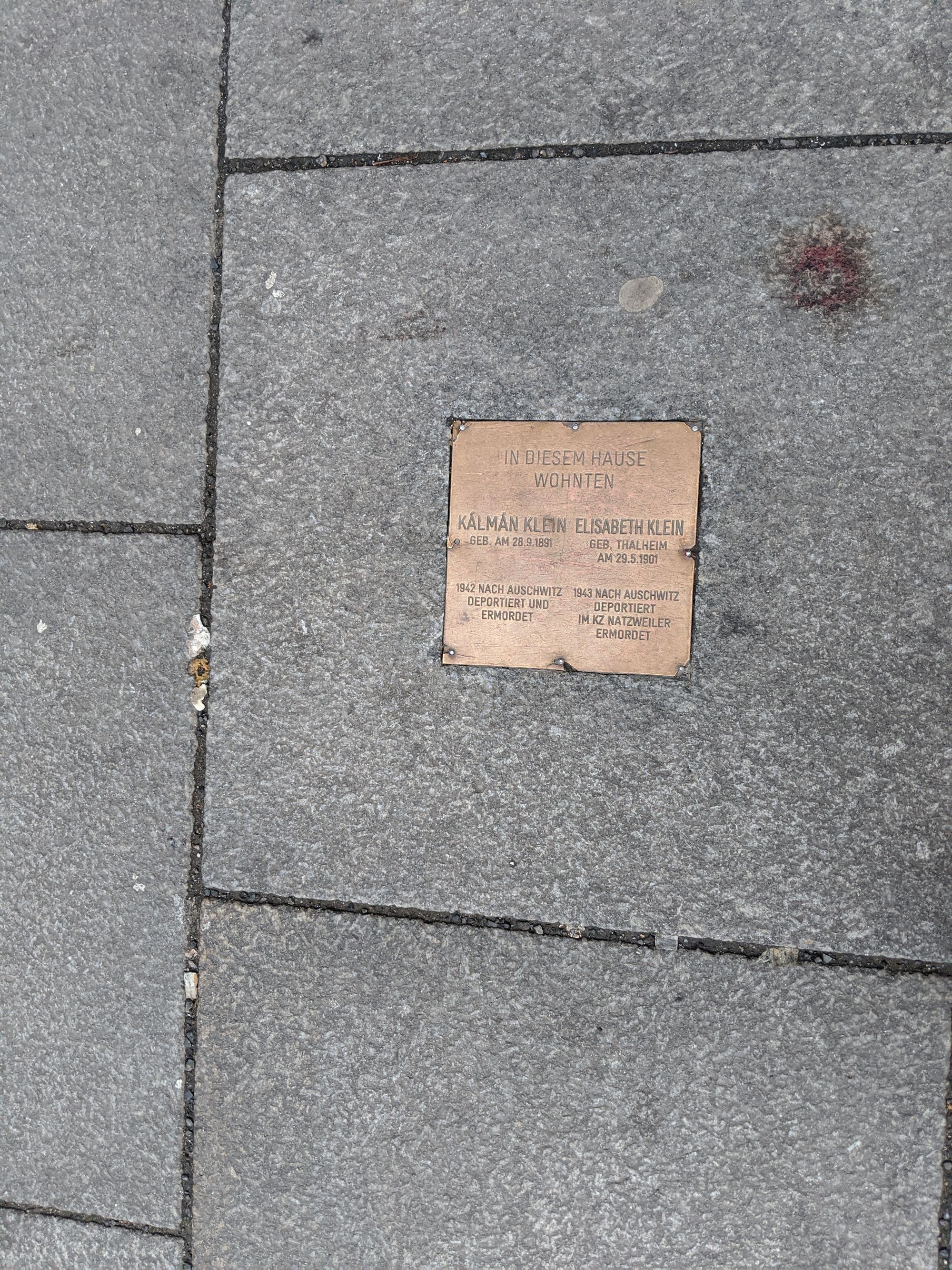
These brass-plated stones are located in 26 countries. 75,000 have already been placed in over 2000 parts of Europe. There are also Stolperschwellen, which is a brass plaque that is for a larger group of victims in one location. An example would be a nursing home or large facility. According to the website - there are 25 of these and one was installed in Argentina in 2017.
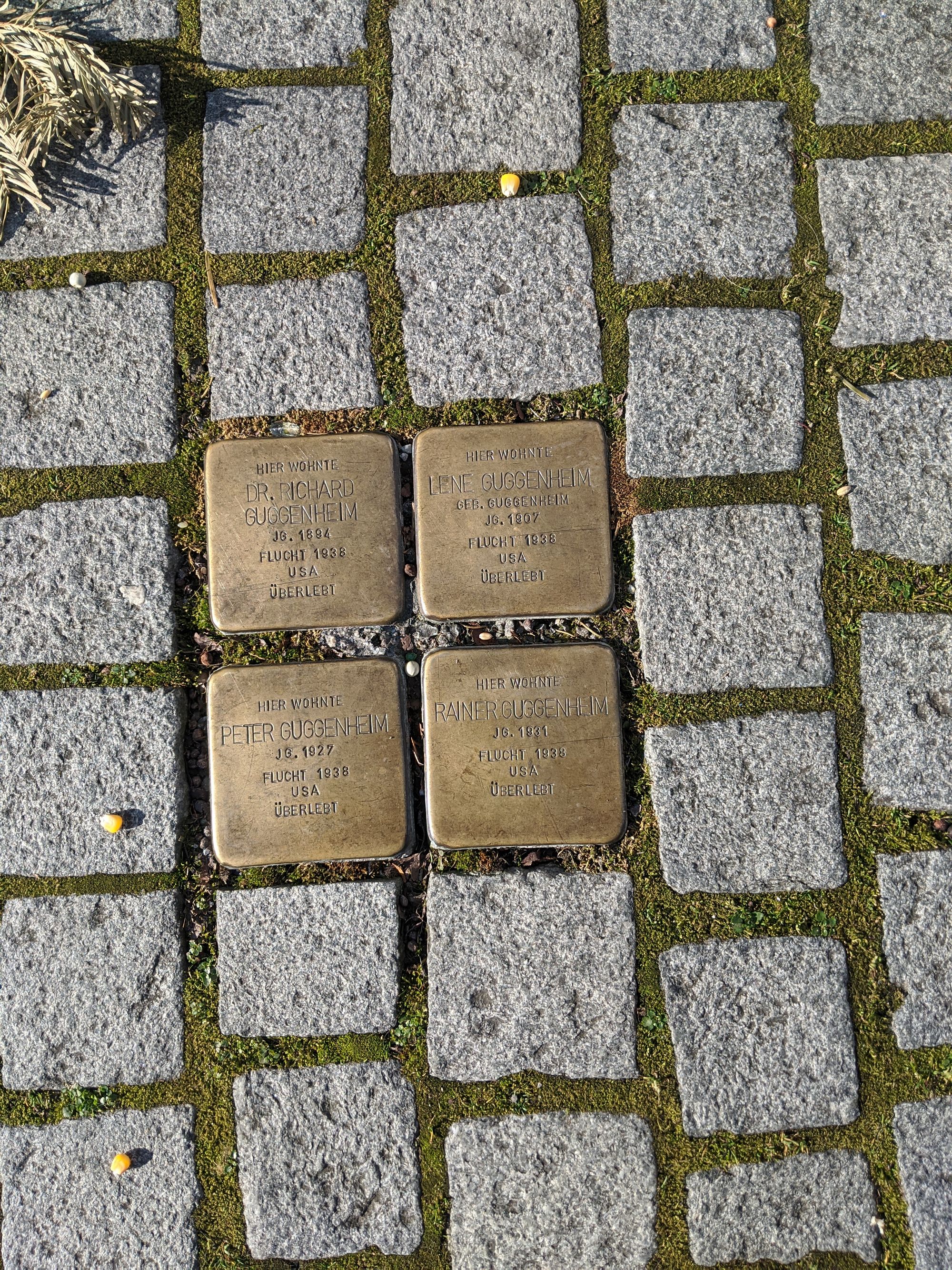

Some towns, cities have embraced the Stolpersteine and some have not. Some cities have refused to permit the stones installation and some have made it complicated. And some have embraced it. The stones can only be placed with the cities permission and more importantly, the artist will not install a stone, if a family member does not want it installed.
On a side note - there are some conflicts. Vienna has their own Stones of Remembrance program. Demnig feels that is plagiarism to his art.
In my research, I found some cities continued the memory and education of the history. In example, Konstanz, Germany has a website listing all the stones and each person's personal history.
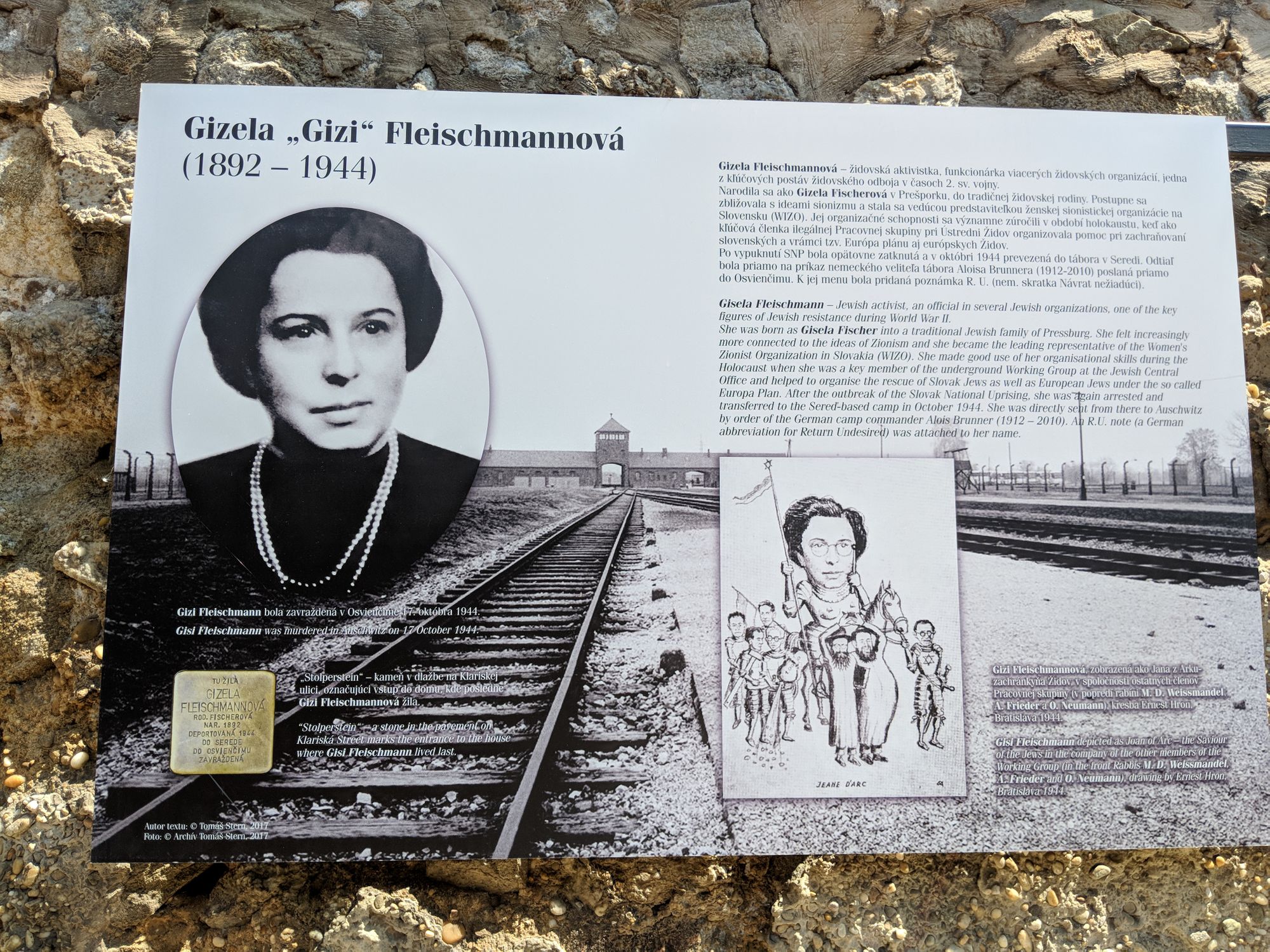
Another interesting fact is that the artist himself has installed almost every single one. On the Stolpersteine website it says he travels 300 days a year for the installation. His current schedule is booked through mid-2021. (I checked and as of June 18, 2020, he was back on the road).
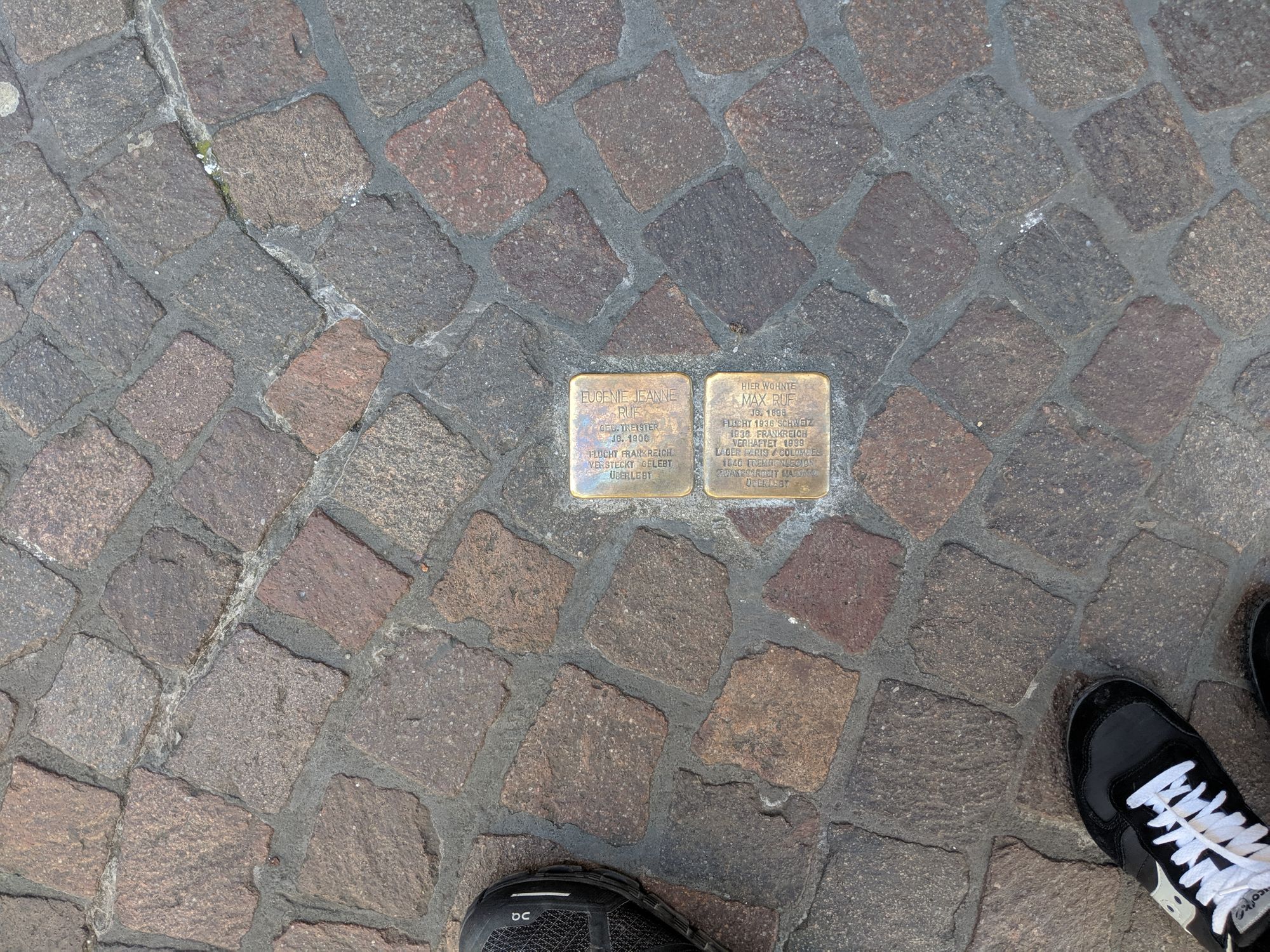
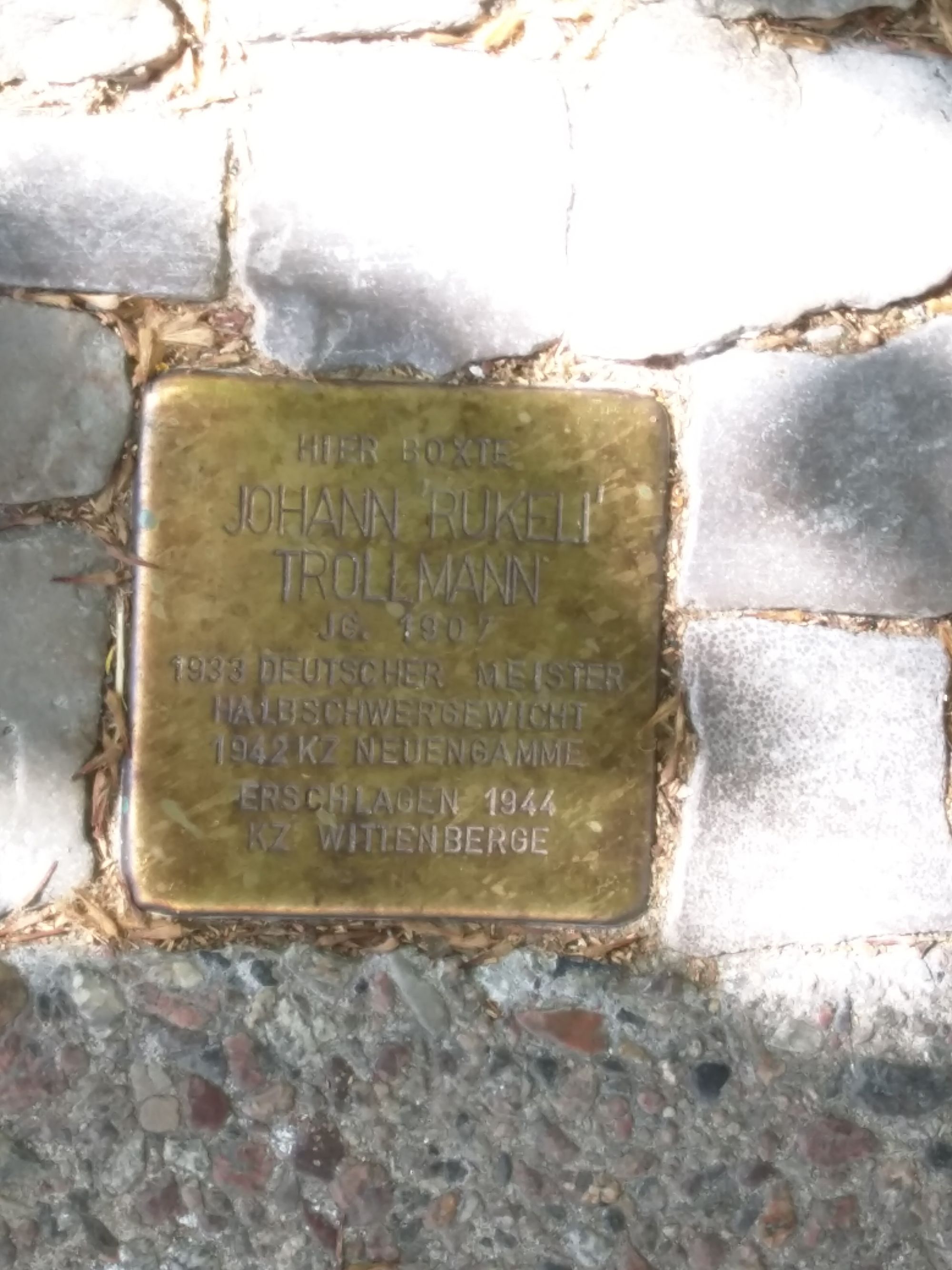
There is much more I read about and encourage you to read more if it interests you. There is a documentary film and a TED Talk.
For friends interested in looking into having a stone for a family member, here are the steps. For our friends overseas and needing help with the German, Stephan has offered to help. Contact us and we will see what we can do to help.
Perhaps the best way to close this blog is quoting a page of the Stolpersteine website:
Gunter Demnig cites the Talmud saying that "a person is only forgotten when his or her name is forgotten". The Stolpersteine in front of the buildings bring back to memory the people who once lived here. Almost every “stone” begins with HERE LIVED… One “stone”. One name. One person.